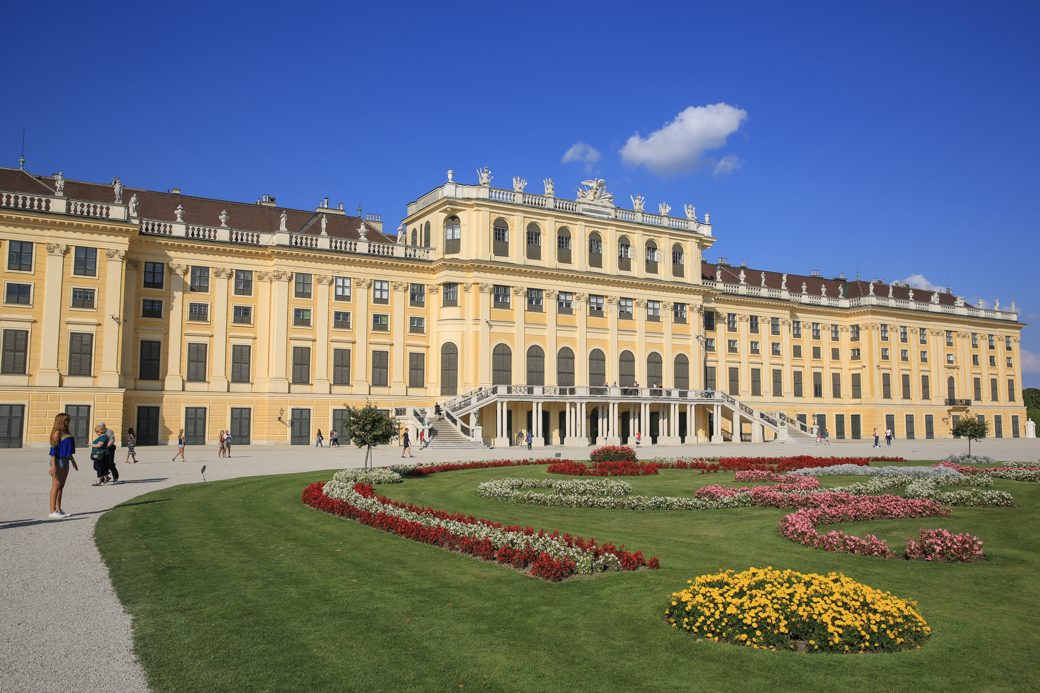Schloss Schönbrunn, situated in Vienna, Austria, is one of the most significant cultural landmarks in the country and a UNESCO World Heritage site. This grand palace, with its stunning Baroque architecture, extensive gardens, and rich history, draws millions of visitors from around the world each year. If you’re planning a visit, here are detailed insights into Schönbrunn’s history, its attractions, and valuable tips for making the most of your trip.
History and Significance
Schloss Schönbrunn, or Schönbrunn Palace, was built in the 17th century as a summer residence for Emperor Leopold I. Over the centuries, it has witnessed significant historical events and served as the residence of many Habsburg rulers. Its name, meaning “Beautiful Spring,” was inspired by an artesian well from which water was drawn for the palace.
The palace played a pivotal role in European history, notably during the reign of Maria Theresa, who transformed it into a magnificent center of court life and politics in the 18th century. It was under her that Schönbrunn assumed much of its current appearance, with the addition of the Orangery, the Palm House, and the famous Neptune Fountain.
Attractions at Schönbrunn
The Palace: Schönbrunn Palace itself boasts 1,441 rooms, with a number of them open to the public. The Imperial Tour takes visitors through 22 rooms, including the opulent state rooms and private apartments of Franz Joseph and Sisi. The Grand Tour extends this, offering insights into 40 rooms with rich decorations and historical artifacts.
The Gardens: The palace gardens are a masterpiece of Baroque landscape design. They are free to enter and include several attractions such as the Neptune Fountain, the Roman Ruin, and the Gloriette, which offers panoramic views of Vienna.
The Zoo: The Tiergarten Schönbrunn, located within the palace grounds, is the world’s oldest continuously operating zoo and is home to a wide variety of animals, including pandas, tigers, and elephants.
The Children’s Museum: This museum within the palace is dedicated to providing younger visitors with a hands-on experience of imperial life, including the opportunity to dress up in period costumes.
Tips for Visiting
- Buy Tickets in Advance: To avoid long lines, purchase your tickets online at Schloss Tickets. Consider the various ticket options, as combined tickets can offer savings for visiting multiple attractions.
- Start Early: Arrive early to beat the crowds, especially during peak tourist season. The palace and gardens are extensive, requiring several hours to explore fully.
- Wear Comfortable Shoes: Expect a lot of walking, particularly if you plan to explore the gardens and zoo.
- Take a Guided Tour: For a more in-depth understanding of the palace’s history and significance, consider booking a guided tour. Audio guides are also available.
- Check the Calendar: Look for special events, such as concerts and exhibitions, which are often held at Schönbrunn and can enhance your visit.
- Explore the Local Area: The surrounding district of Hietzing is home to charming cafés and shops, making it a nice area to explore after your visit to the palace.
Schloss Schönbrunn is not just a palace but a symbol of Austria’s cultural heritage and an embodiment of the opulence and history of the Habsburg dynasty. Whether you’re a history buff, a lover of architecture, or simply someone who appreciates beautiful gardens, Schönbrunn offers a captivating experience. With careful planning and these tips, your visit to Schönbrunn can be as enriching and enjoyable as possible.

